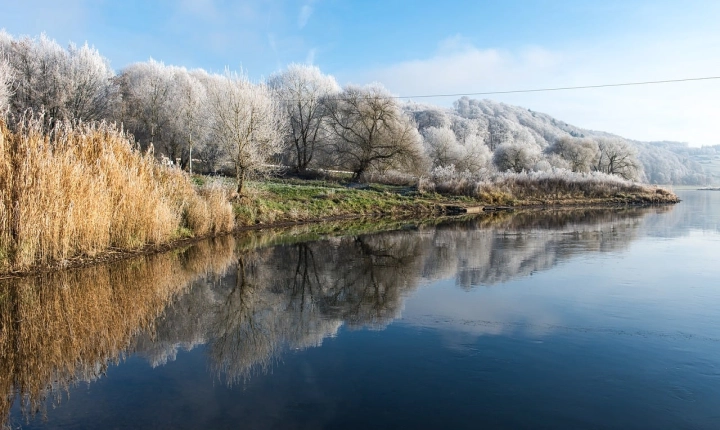Title: AI Image Generation: The Road to Creative Freedom
In recent years, the field of artificial intelligence (AI) has been making significant strides in various domains, one of them being image generation. This innovative technology has opened up a world of possibilities for creatives and businesses alike, offering a way to generate high-quality images for a wide range of purposes.
AI-powered image generation encompasses a variety of techniques, from basic image manipulation to complex generative models that can create entirely new, realistic-looking images from scratch. The process involves training AI algorithms on vast collections of existing images, enabling them to learn the visual characteristics and patterns present in these data sets. Once trained, these algorithms can then generate new images by extrapolating from the patterns and styles they have learned.
One of the most notable applications of AI image generation is in the realm of art and design. Artists and designers now have access to AI tools that can assist them in creating visual content, whether it’s for graphic design, illustration, or digital art. These tools can help in generating initial concepts, producing variations of a design, or even finishing touches, providing valuable support in the creative process.
Moreover, AI image generation has also proven to be an invaluable resource for businesses and marketing. Companies can now use AI to generate professional-quality visuals for their products, advertisements, and branding materials. This not only saves time and resources but also ensures consistency and originality in the visual content produced.
Additionally, AI image generation has found applications in fields such as healthcare, entertainment, and even scientific research. For instance, in medical imaging, AI can be used to generate enhanced images for diagnostic purposes. In entertainment, AI-generated images can contribute to the creation of immersive virtual worlds and special effects. In scientific research, AI can assist in the visualization of complex data sets and simulations.
The democratization of AI image generation has also sparked a wave of creativity and exploration. Individuals with limited artistic skills or resources can now leverage AI to bring their visual ideas to life. This has the potential to empower a new generation of creators and entrepreneurs, who may not have had access to traditional artistic tools or education.
However, with these advancements come important ethical considerations. As AI becomes more proficient at generating highly realistic images, concerns about potential misuse and misinformation arise. The technology could be exploited to create convincing forgeries, manipulate visual content in damaging ways, or perpetuate false narratives. Therefore, as AI image generation continues to evolve, it’s crucial to develop ethical guidelines and regulatory frameworks to ensure its responsible use.
In conclusion, AI image generation represents a significant leap forward in the realm of creativity and visual content production. The technology has the potential to revolutionize how we approach design, art, marketing, and various other fields. As it continues to mature, AI image generation will undoubtedly play a pivotal role in shaping the future of visual communication and expression. However, it’s imperative to approach its development and application with a keen awareness of its ethical implications, ensuring that it serves as a force for positive innovation and expression.
